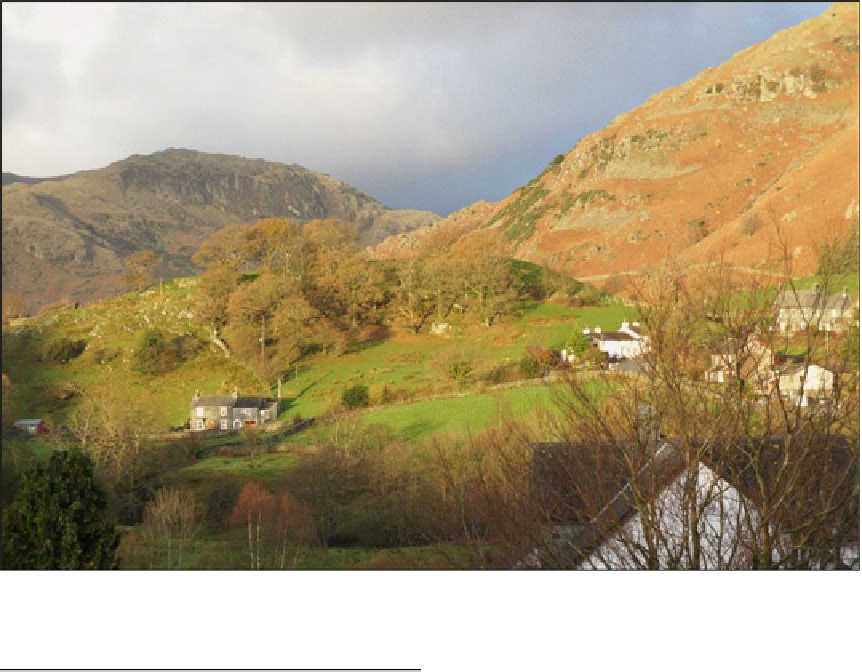Geoscience Reference
In-Depth Information
Did you expect to see the trees?
decision, one which has perhaps already been
made. In this case we are indeed simply
'modelling for comfort', a low value activity,
rather than taking the opportunity to use
modelling to identify a significant business risk.
5.1
The Issue
5.1.1 Modelling for Comfort
In Chap.
1
we identified the tendency for
modelling studies to become a panacea for deci-
sion making - modelling for comfort rather than
analytical rigour. It is certainly often the case that
reservoir modelling is used to hide uncertainty
rather than illustrate it. We have a natural ten-
dency to determine a best guess - the anchoring
heuristic of Kahneman and Tverky (
1974
) - and
the management process in many companies
often inadvertently encourages the guesswork.
However, in a situation of dramatic under-
sampling the guess is often wrong and influenced
unconsciously by behavioural biases of the
individuals or teams involved (summarised in
Kahneman
2011
). Best-guess models therefore
tend to be misleading and their role is reduced
to one of providing comfort to support a business
5.1.2 Modelling to Illustrate
Uncertainty
Useful modelling can be expressed as 'reason-
able forecasting.' A convenient metaphor for this
is our ability to predict the image on a picture
from a small number of sample points.
We illustrate this, graphically, using sampled
selections (Fig.
5.1
) from a landscape photograph
(the chapter cover image). A routine modelling
workflow would lead us to analyse and charac-
terise each sample point: the process of reservoir
characterisation. Data-led modelling with no
underlying concept and no application of trends


